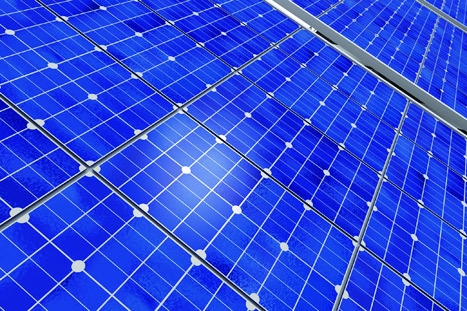
Prof Linda Nazar and her colleagues from the Faculty of Science at the University of Waterloo developed the long-lasting zinc-ion battery, which costs half the price of current lithium-ion batteries. Their findings are published in Nature Energy.
The battery is said to use safe, non-flammable, non-toxic materials and a pH-neutral water-based salt. It consists of a water-based electrolyte, a pillared vanadium oxide positive electrode, and an inexpensive metallic zinc negative electrode.
The battery generates electricity through intercalation, where positively charged zinc ions are oxidised from the zinc metal negative electrode, travel through the electrolyte and insert between the layers of vanadium oxide nanosheets in the positive electrode. This drives the flow of electrons in the external circuit, creating an electrical current. The reverse process occurs on charge.
The cell is claimed to represent the first demonstration of zinc ion intercalation in a solid-state material that satisfies four vital criteria: high reversibility, rate and capacity, and no zinc dendrite formation. According to the University, it provides over 1,000 cycles with 80 per cent capacity retention and an estimated energy density of 450 watt-hours per litre. Lithium-ion batteries also operate by intercalation - of lithium ions - but they typically use expensive, flammable, organic electrolytes.
"The worldwide demand for sustainable energy has triggered a search for a reliable, low-cost way to store it," said Nazar, a Canada Research Chair in Solid State Energy Materials and a University Research Professor in the Department of Chemistry. "The aqueous zinc-ion battery we've developed is ideal for this type of application because it's relatively inexpensive and it's inherently safe."
The global market for energy storage is expected to grow to $25bn in the next 10 years. Manufacturers could produce this zinc battery at low cost because its fabrication does not require special conditions, such as ultra-low humidity or the handling of flammable materials needed for lithium ion batteries.
"The focus used to be on minimising size and weight for the portable electronics market and cars," said Dipan Kundu, a postdoctoral fellow in Nazar's lab and the paper's first author. "Grid storage needs a different kind of battery and that's given us license to look into different materials."
Water in the electrolyte not only facilitates the movement of zinc ions, it also swells the space between the sheets giving the zinc just enough room to enter and leave the positive structure as the battery cycles.
The electrode material's nanoscale dimensions and the battery's high-conductivity aqueous electrolyte also improve its cycling life and response times.





Red Bull makes hydrogen fuel cell play with AVL
Formula 1 is an anachronistic anomaly where its only cutting edge is in engine development. The rules prohibit any real innovation and there would be...